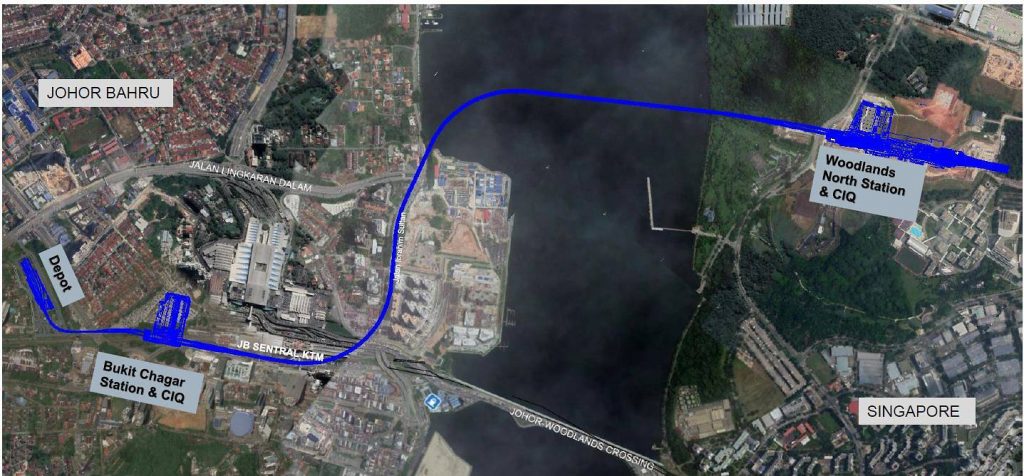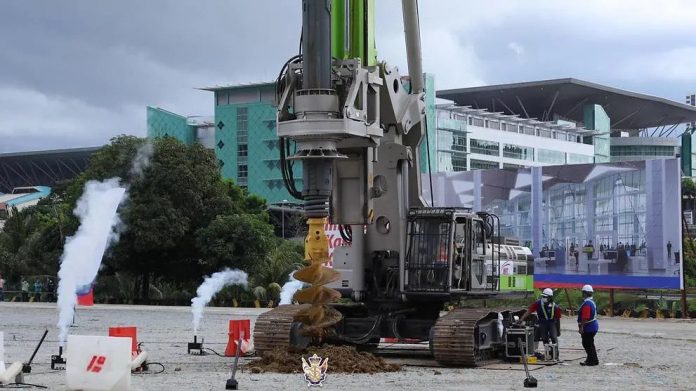Background of the RTS Link
The ground-breaking ceremony of the Rapid Transit System Link (RTS) on 22nd November 2020 was a much awaited event after numerous delays since the idea was mooted in 2011. This project will feature a 4-storey CIQ complex which will be part of a transit-oriented development that will also comprise a multimodal transport hub and mixed property development. It is a 4.2-km light rail linking the Bukit Chagar station in Johor Bahru to Woodlands North terminus in Singapore.
This will be the second rail link between the two countries after the KTM Intercity Shuttle Tebrau. It is expected to replace the existing railway line and shuttle train services between JB Sentral and Woodlands Train Checkpoint.
A bilateral agreement on the Link was signed back in January 2018. Under this agreement, construction of the Link was to start in 2019 with completion and operations by 2024. However the project was suspended for a review on the construction under the PH government. In October 2019, the former Prime Minister announced that the project would proceed with a 36% cost reduction to RM3.16 billion from RM4.93 billion.

The estimated 10,000 passengers per hour per direction via the RTS is about half of the usual number of passengers who use the causeway between the two countries. This should help ease the longstanding congestion issue.
At a frequency of 3.6 minutes per train during peak hour and 6 minutes during non-peak, the traffic bottleneck that chocked the causeway will be significantly lightened.
If everything runs smoothly according to plan, the total project duration is estimated to be 6 years, i.e. 4 years of civil works and 2 years of system installation and operation testing. The RTS is slated to be ready in 2026. This is a realistic timeline and hopefully no unforeseen circumstances that cause surprises and further delay this project.
A depot will be built near the RTS Link at Wadi Hana to carry out maintenance and servicing works for the trains. Having the depot in Johor Bahru will avail about 1,500 job opportunities into the market.
This project is expected to benefit 323 Johor Bumiputera contractors as MRT Corp has allocated 40% of the project’s overall public infrastructure construction to be implemented by the Johor Centre for Construction Development (JCCD) contractors.

Passengers only need to clear the immigration at the point of departure to ensure smooth seamless flow at the points of arrival, whether at the Bukit Chagar or Woodlands North stations. This will reduce substantial queuing time needed at both immigrations upon arrival.
Some issues the authority will need to pay particular attention to will be:
- Ingress and egress of the RTS station – current road provision may not be able to cater to the ferrying cars / shuttle buses picking up and dropping off the deluge of passengers.
- Car and motorcycle parking lots will be in grave shortage and will cascade to rampant illegal parking problems.
- Connectivity between the RTS station and other buildings need to be well planned with provisions like covered pedestrian walkway, ramps and railing and etc.
In the next issue, I’ll discuss the advantages and disadvantages of the RTS Link.




